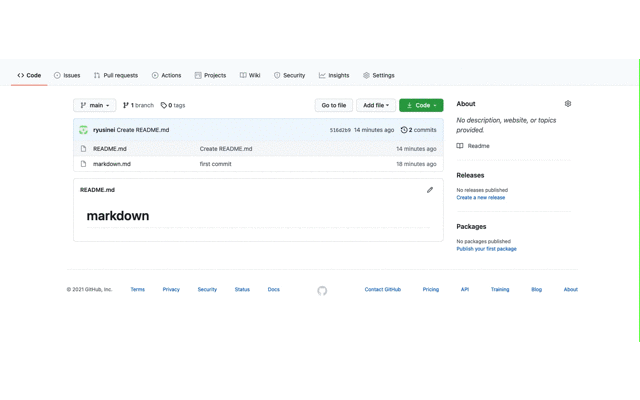


In these cases you might want to consider externalizing your data to YFM isn't the best option for long-form content or extensive amounts of metadata.YFM offers an easy way to maintain metadata or rendered data for pages and partials, as an optional alternative to using "external".YFM is best used for structured data, like configuration settings or metadata for a page, as opposed to long-form content. cheetsheet for yaml gcloud app services list YAML stands for 'YAML Ain't Markup Language' and it is used extensively in Grav for its configuration files, blueprints, and also in page settings 0 is inheritance support In addition, it is a fillable form so if you wish you In addition, it is a fillable form so if you wish you.Src-dest or files mappings formats available in Grunt.js. YFM may be used in any file that Assemble processes through any of the.Lo-Dash templates in YFM enables programmatic access to those pages across your project. Assemble exposes all variables defined in YAML front-matter to the page in which they were defined, thus.You may add as many custom variables as you require.You may use any of the default variables provided by Assemble, or you may define your own custom variables inside the YFM of a file.YFM allows you to define variables for a page, directly inside the page.Assemble parses YAML front matter into an object literal.YFM cannot be parsed if it is not the first thing on the page.Just about anything with YAML front matter that you can do with See some great usage examples in assemble's Inline Blocks such as morePeople, common in YAML data streams, use comma+space to separate the key: value pairs between braces:

Indented Blocks, common in YAML data files, use indentation and new lines to separate the key: value pairs. YAML Associative Arrays for rendering lists of information. This may not be obvious at first, is that YAML Front-Matter acts as a kind of "conduit" for passing information to pages via Lo-Dash templates.Īnd in the YFM of the page, use underscore templates: -Īlternatively, inside the Grunfile you can use to define the data to be used for a given variable: ( '', 'Home' ) Example usage -ĭescription: Lots of things, because they were early humans. For instance, if you set a title, you can use that in your layout to set the page title: Using Lo-Dash templates in YFM Metadata "conduit" Custom VariablesĪny variables in the front-matter that are not predefined are mixed into the data that is sent to the Liquid templating engine during the conversion. Entry may belong to more than one tag, use YAML List to specify multiple tags. If set, allows to specify tags attributed to given entry. for each category and tag, Assemble will generate a page in the dest directory. category/ categories/ tags : Define the categories and tags as.published : set to false to exclude a file from being rendered by a task-target.Layout files can exist in any directory, and may be. You must include file extension, since Assemble can process multiple file types. layout : Optionally define or override the layout to use.Example -ĭescription: A very simple way to add structured data to a page. Partials, so unless otherwise noted you can safely assume that when the documentation refers to the YFM of a page, the same also applies to the YFM of a partial. It is optimized to output only the minimum set of assets required.YFM is an optional section of valid YAML that is placed at the top of a page and is used for maintaining metadata for the page and its contents. Marpit (independented from Marp) is the framework that transforms Markdown and CSS themes to slide decks composed of HTML/CSS.
TYPORA CHEAT SHEET PDF
The skinny framework for creating slide decks from Markdown A complete look at Services is beyond the scope of this article, but there are three basic things you need to understand: Troubleshooting x -> YAML 4 (PDF) Earlier v4 Basics: Title, Author, Date, Output Type (html, word, pdf ) R Markdown Cheat Sheet (link at end) If adding existing dotfiles to a new system, install ZSH and Oh-My-ZSH before cloning the dotfiles. It is based on the Marpit framework and includes some extra features to help create beautiful slide decks. Releases npm GitHub For developers Marp CoreĪll official Marp tooling uses this core as the engine. Convert your Markdown into various formats, watch changes, launch server for on-demand conversion, and customize the core engine. The Marp CLI is the swiss army knife of the Marp ecosystem. You can preview the slide deck output as soon as you edit its Markdown.Ī CLI interface for Marp and Marpit based converters Create slide decks written in Marp Markdown right in VS CodeĮnhance VS Code's Markdown preview pane to support writing your beautiful presentations.


 0 kommentar(er)
0 kommentar(er)
